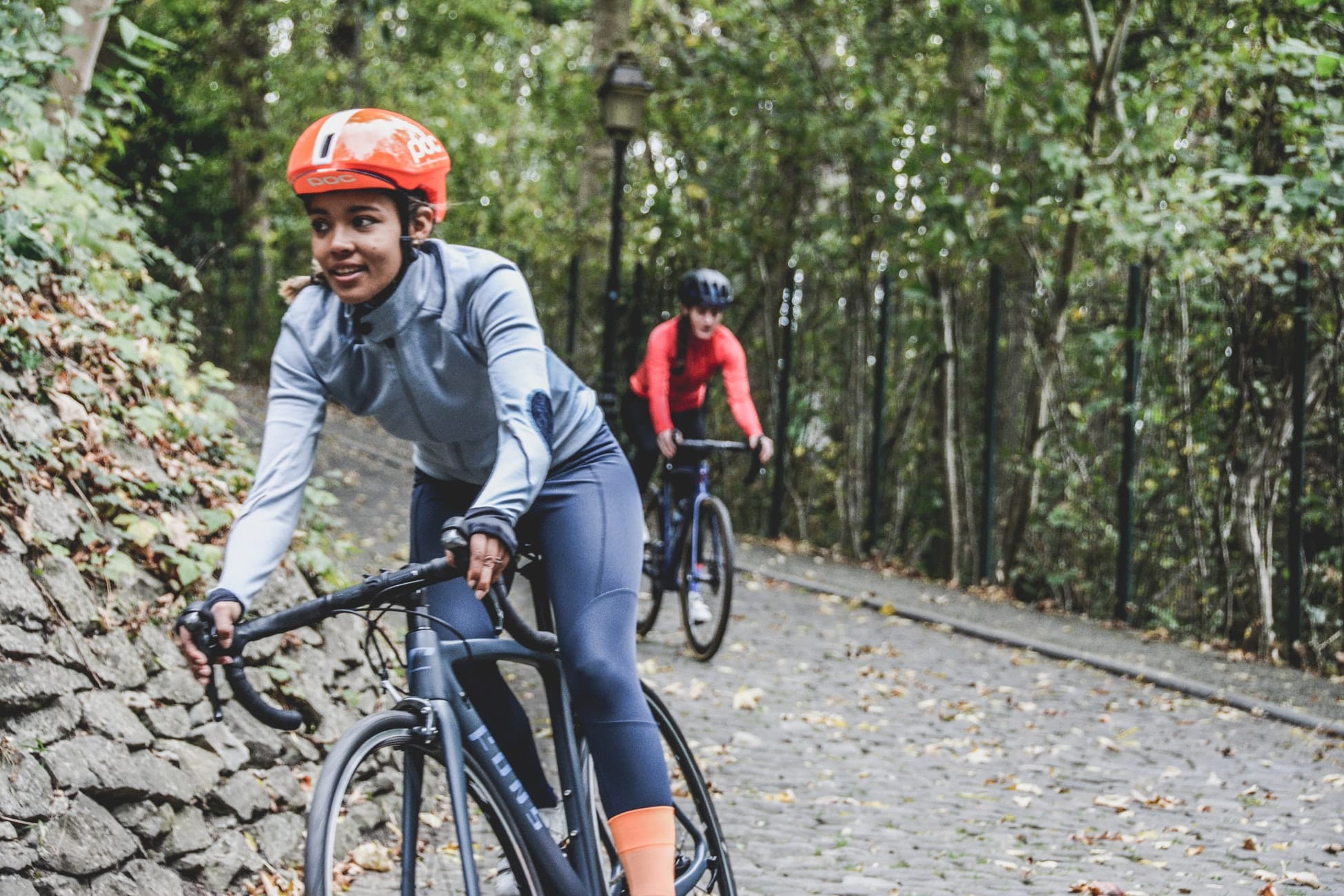Blog
The responsible and safe cyclist
Cycling is a sport with an infinite number of followers and devotees worldwide, and bicycles, whether a racer, a mountain bike or a cruiser, are becoming increasingly fashionable, not only because it promotes the health and fitness of those who ride them, but because they’re also an affordable, environmentally-friendly means of transport that promotes mobility in large cities where traffic jams are frequent and it’s becoming increasingly difficult to park the car.
Using a bicycle offers many benefits, but sometimes we forget the problems that it can cause, since improper use of the bicycle or using without sufficient training can pose a danger to those who do it and even to road safety.
Without meaning to convey unnecessary fear to cyclists, we must highlight the number of fatal accidents that occurred in 2016, in which 33 cyclists suffered a fatal accident (6 of them were not wearing helmets) and 652 suffered a serious accident. On the contrary, the purpose of showing these figures is to raise awareness of the responsibility taken on by riding a bicycle, as well as the need to always adopt the necessary safety measures that are explained below.
Did you know that using a helmet is mandatory when riding on inter-city roads? Not everyone uses it on these roads, hence they increase the chances of a fatal accident or being given a fine of up to 200 euros. However, it should be noted that using helmet is not mandatory on urban roads (it is mandatory in all circumstances for children aged under 16 years), however, we must recommend you use it on any type of road, whether urban or inter-city.

If you have not yet used a bicycle and have not needed to buy a protective helmet, we offer some recommendations on the basic characteristics of a good helmet. First of all, it should not weigh more than 200 grammes, since a higher weight tires the neck and cervical muscles, and hence can increase distractions. It must also be possible to adjust it correctly, and it must have been approved by the relevant agencies. Moreover, a good helmet must have a striking colour so that it can be seen from afar. Finally, the helmet must have a good closure system; and remember that a helmet that has been bashed loses more than 50% of its effectiveness, so the helmet must be changed if you have fallen off the bike while wearing it or if it has simply been hit hard.
On the other hand, it’s very important not to forget to use a reflective vest to increase the cyclist’s visibility when there is low visibility or at night, as well both front and rear position lights (not only to see, but also, very importantly, to be seen by other drivers).
Specifically, the reflective elements that cyclists must wear in low-light situations are a white position light at the front, a red position light at the rear, a red reflector at the rear and one or two yellow ones on the pedals.
Another aspect that many cyclists don’t know about or don’t use properly are manual traffic signs. This aspect is very important to ensure the cyclist can correctly convey his/her intentions to other road users, both pedestrians and other vehicles.
These signs are: change of direction to the left, change of direction to the right, stop and reduction in speed.
In this regard, to indicate your intention to change direction to the left, you should gradually approach the edge of the road towards which you intend to turn, in this case the left, and then indicate the turn, by extending your left arm with your palm facing down or by placing your right arm at a right angle with your palm forward.
On the contrary, to indicate a right turn, as in the previous case, the cyclist must first approach the right edge of the road and secondly, indicate the turn by extending their right arm with their palm of the hand down or place their left arm at a right angle with their palm forward.
On the other hand, to indicate that you intend to stop or reduce speed, you should extend your left arm and move it up and down.
In a nutshell, cycling and using a bike in general is a wonderful activity, which you can enjoy and use to discover amazing landscapes as you do sport, feeling the freedom of the wind in your face and also help to reduce pollution and traffic in cities. All these advantages don’t detract from the fact that it’s an activity in which you can reach considerable speeds and that your body is exposed to the impacts, hence it’s recommended it be done responsible, safely and with common sense.
